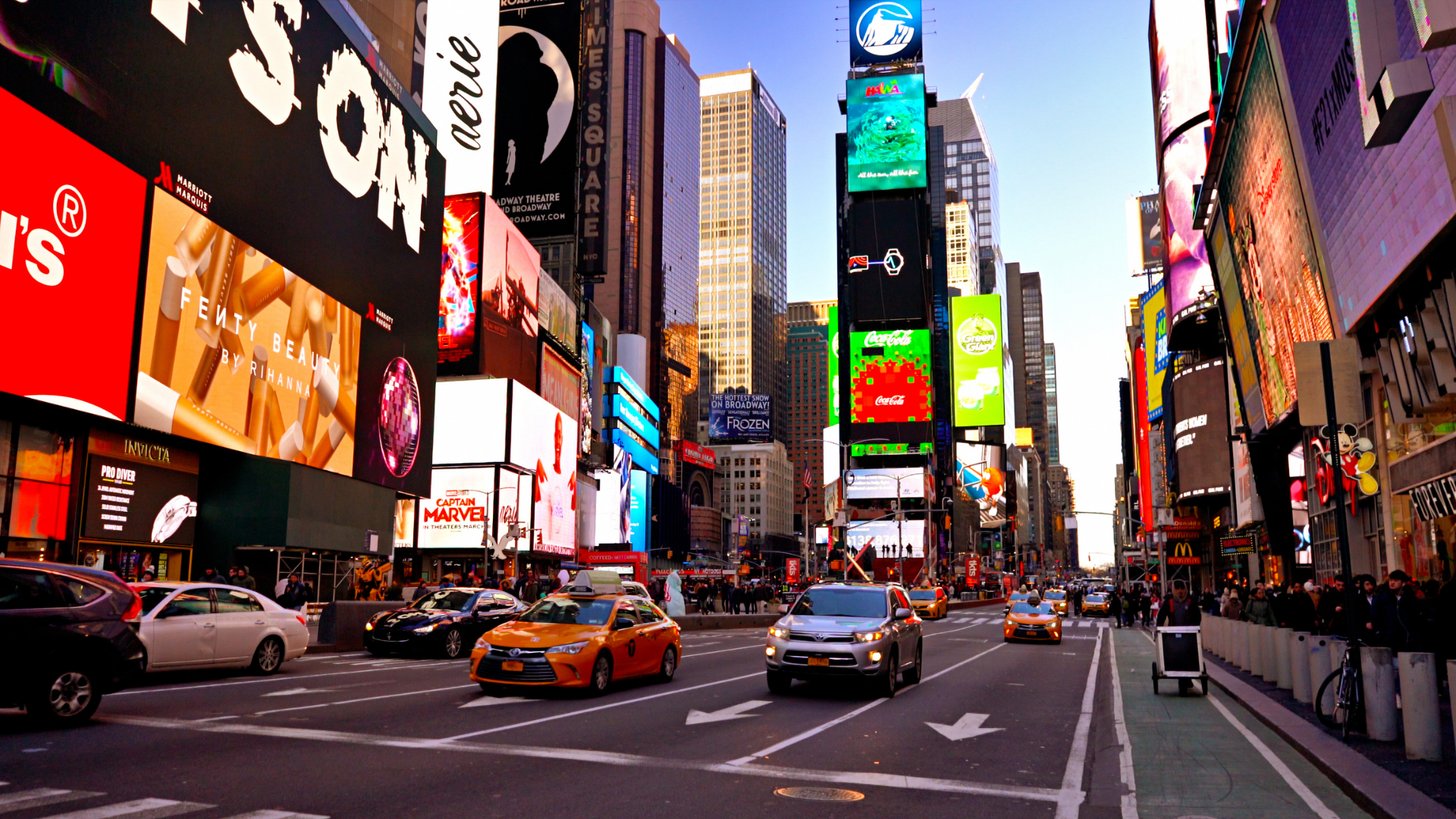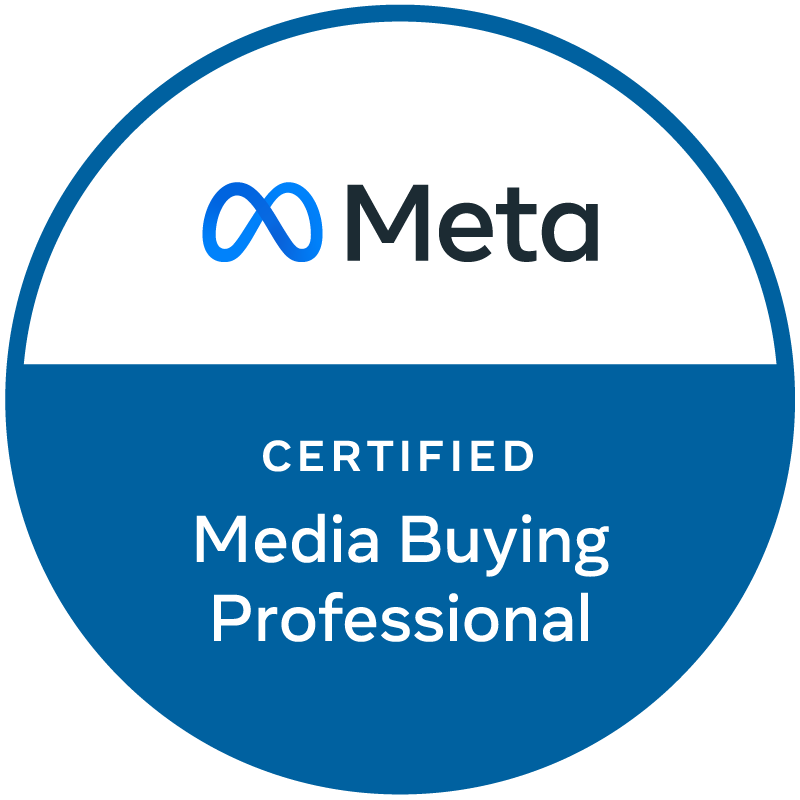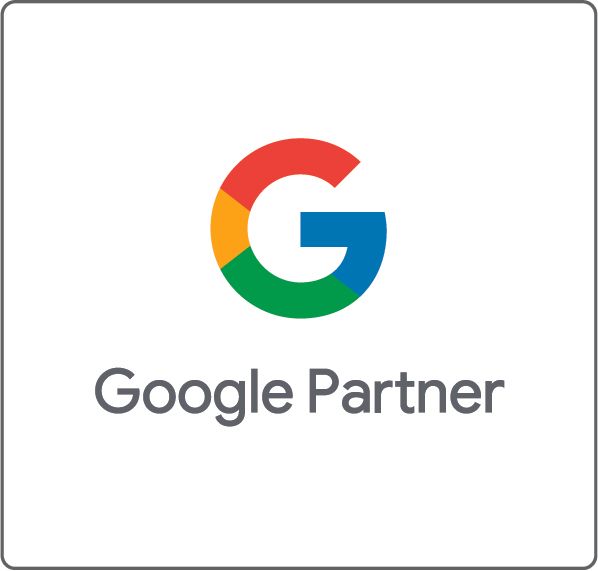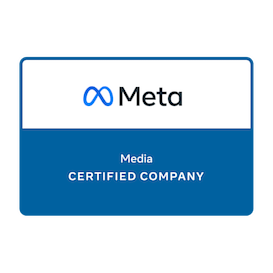Marketing Trend Tracker - Series 13
This edition of the Trend Tracker boasts a whirlwind of social media updates, with Meta making major changes that promise to reshape user engagement and advertising strategies. Instagram, Meta’s subsidiary, unveiled an exciting enhancement to its carousel feature. Meanwhile, Meta's recent decision to eliminate detailed targeting exclusions from its ad platform marks a significant shift aimed at improving ad performance through advanced AI capabilities. X (formerly Twitter) is embroiled in a legal battle with major advertisers, accusing them of orchestrating a boycott that allegedly infringes on antitrust laws. As these stories evolve, SparkShoppe helps you stay informed and up to date. Read on to learn more!
In exciting news for all Instagram users, a single carousel can now accommodate up to 20 frames, allowing for more space to share content. Over the past several months, the social media giant has been experimenting with the expansion of the frame limit pushing it to 15 photos in March compared to the previous 10 allotted. Now, after a trial of the new feature with some users, the option will be widely rolled out.
The platform has also been toying withtext overlays within carousels in addition to its recent launch of variable presentation formats for images. This means that users can now showcase a greater amount of images that are different sized and aligned in just one post. These features make it easier for users to share updates, video clips, trip photo albums and more.

Say Goodbye to Detailed Targeting Exclusions
Earlier this summer, Meta officially removed the option of detailed targeting exclusions for advertisers, but this news did not come as a surprise. In January 2024, Meta announced there would be a change coming to its ad targeting exclusions, then in May an accidental message was sent to advertisers detailing that the feature would be removed in its entirety. Although Meta explained that this message was an error and there were no plans to remove the feature, one month later, target exclusions disappeared. It took until late July for the social media giant to finally publicly announce the removal of the feature.

So, why did Meta choose to get rid of detailed targeting exclusions? Detailed targeting exclusionspermitted advertisers to exclude individuals from their ad audience based on demographics, interests, and behaviors. Using the feature, advertisers were able to tailor their ideal ad audience, however, Meta discovered that these exclusions were limiting ad effectiveness over time.
Meta argues that their ad targeting systems are now more skilled in connectingthe right ads to the right audience at the right time, eliminating the need for these exclusions. In testing, Meta said the median cost per conversion for ad campaigns showed improved results without the detailed targeting option. If their predictions are correct, this update may improve performance for advertisers.
X Versus Advertisers
X, formerly known as Twitter, is taking advertisers to court, claiming that a
“massive advertiser boycott” deprived the company of revenue and violated antitrust laws. The lawsuit was filed in a Texas federal court last week against the World Federation of Advertisers and its members: Unilever, Mars, CVS Health, and Orsted.
X is accusing the advertising group’s brand safety initiative, the Global Alliance for Responsible Media, of pushing to coordinate a stoppage of advertising on X after Elon Musk bought Twitter and went on to overhaul company staff and policies. The CEO of X, Linda Yaccarino, stated that the lawsuit was prompted by evidence coming out of the U.S. House Judiciary Committee, which she said showed multiple companies participating in a “systematic illegal boycott” against the company.
The allegations X purports have to do with the beginning of Musk’s takeover and do not deal with more recent disputes. The World Federation of Advertisers based in Belgium has not immediately responded to comment requests. However, a
Unilever top executive
who testified in a recent congressional hearing defended the British company’s practice of choosing platforms for advertising that won’t harm its brand. “Unilever, and Unilever alone, controls our advertising spending…No platform has a right to our advertising dollar,” said Herrish Patel, the president of Unilever USA. The result of the lawsuit remains to be seen.

At SparkShoppe, staying on top of the latest trends is our specialty.
Contact us today to learn how our team of marketing experts can position your company at the forefront of innovation!
















